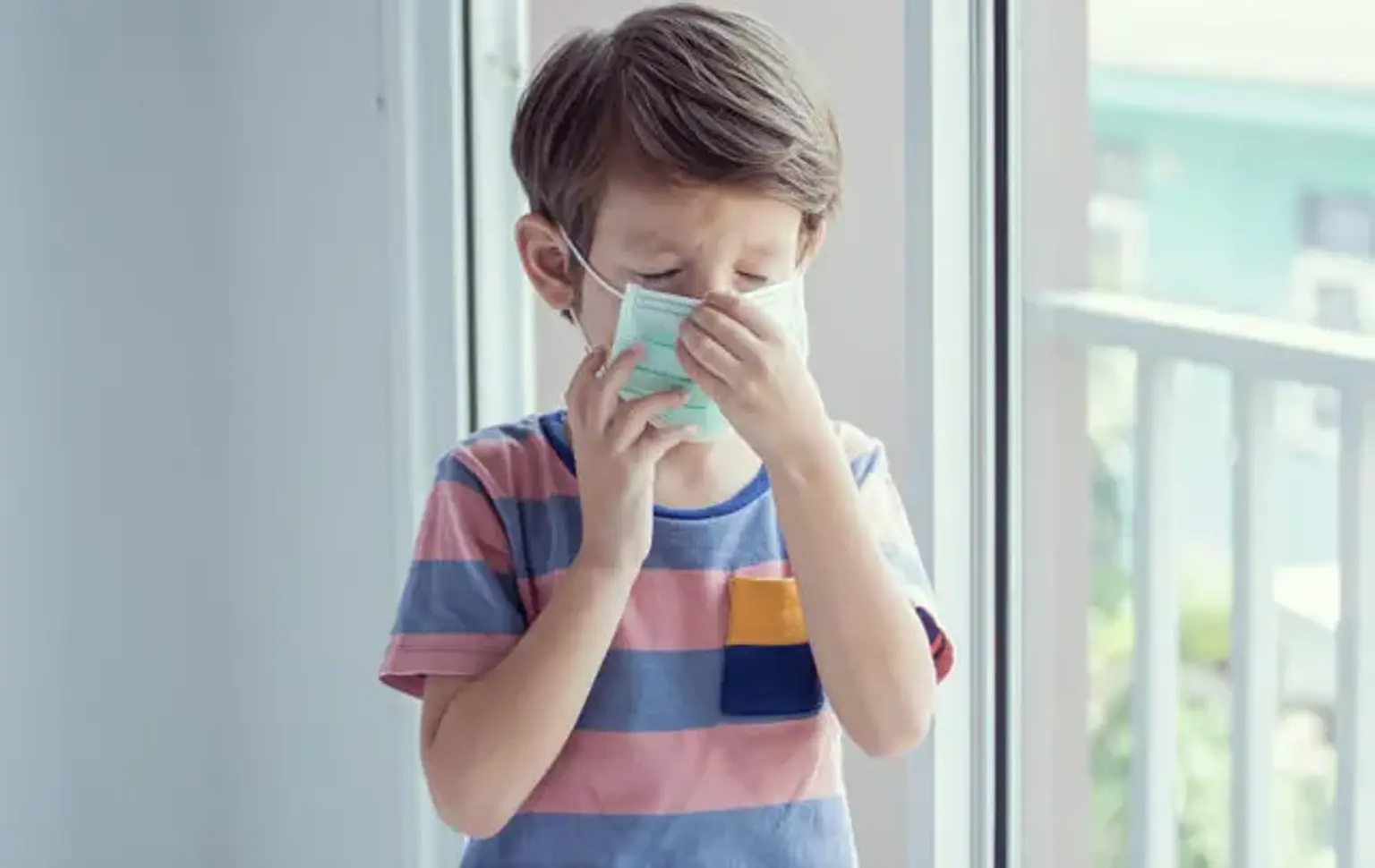Isolated Sphenoiditis
Rhinosinusitis is an inflammation of the nose and paranasal sinuses marked by nasal blockage or nasal discharge, sometimes associated with facial pain or a loss of smell. Nasal polyps, mucopurulent secretions, or mucosal blockage of the meatus are all possible endoscopic findings. A computed tomography scan can also reveal mucosal abnormalities within the sinuses. Clinical signs of chronic rhinosinusitis remain for at least 12 weeks without disappearing completely. Because there is no precise definition for chronic sphenoid rhinosinusitis, we describe it as a spectral range of infective or inflammatory disorders that occur only in the sphenoid sinus, on one or both sides, and last for more than 12 weeks. Bacterial rhinosinusitis, fungal rhinosinusitis, and mucocele are all possibilities. The isolated sphenoid lesion is a rare disorder that is becoming more common.
Vague and general symptoms such as headaches, face pain, and heaviness may be experienced by patients. Symptoms of the nose are sometimes nonexistent. Inflammatory diseases are the most prevalent of solitary sphenoid disorders, with a prevalence of over 50 percent. They are now more commonly detected as a result of greater detection of the disease by primary care physicians and improved access to diagnostic techniques including endoscopy and imaging techniques such as computed tomography (CT) and magnetic resonance (MRI) imaging. The probability of persistent neuro-ophthalmological consequences is reduced by earlier detection, proper radiological examination, and timely therapy.
